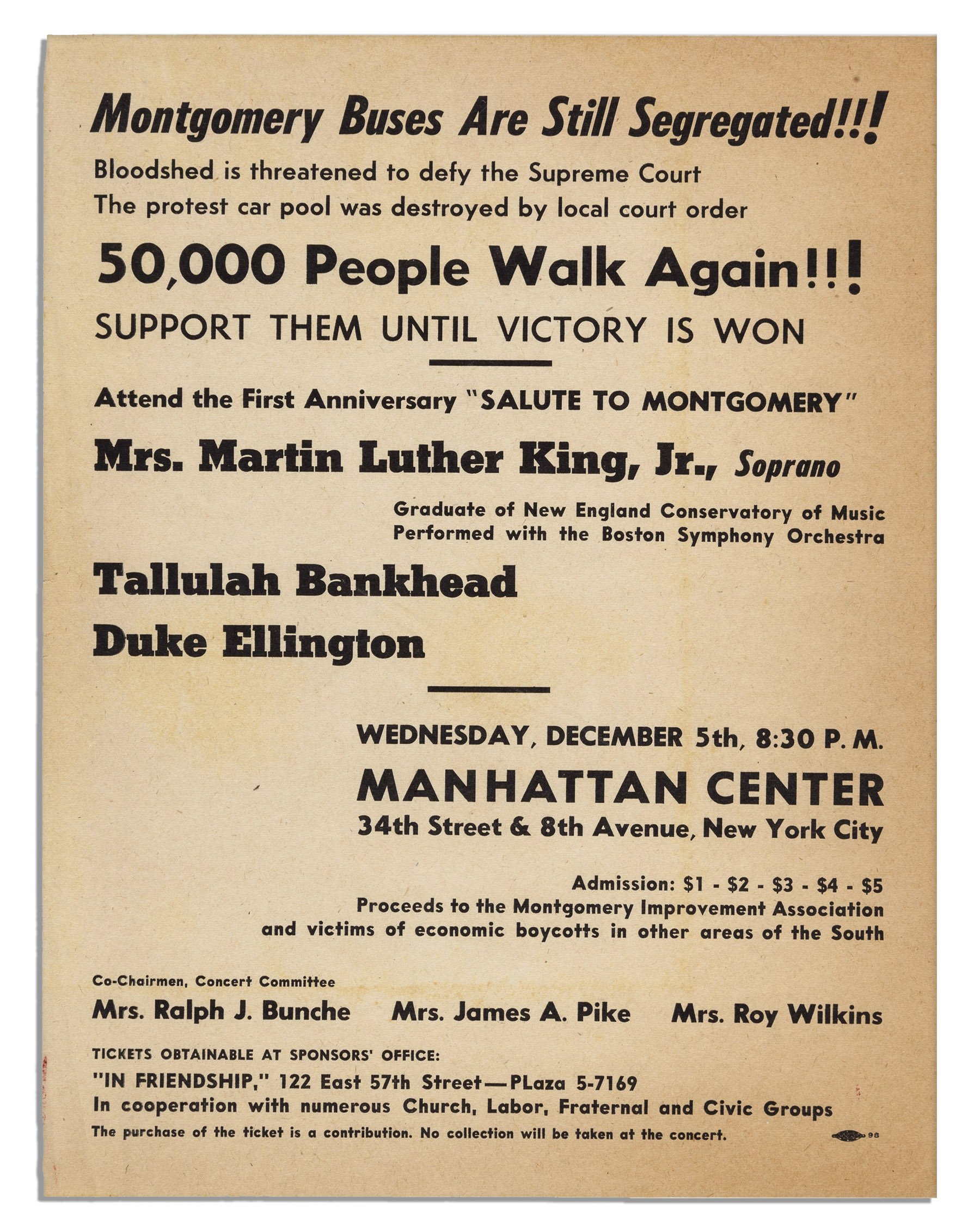
Montgomery Bus Boycott Mythbuster Quiz
Quiz by Teaching for Change
Students are often taught the simplistic narrative that Rosa Parks refused to give up her seat in Montgomery, the buses were desegregated, and the Civil Rights Movement was launched. This quiz helps surface and challenge many of the myths about the boycott.

Selma in Pictures: Socratic Seminar
Lesson by Lynda Tredway
In a media driven age, visual images often provide access to important events and political struggles that may be more immediately accessible to students than written texts. This lesson includes two sets of images from the Selma voting rights struggle that promote critical thinking by SNCC photographer Matt Herron. The steps include observation (reading the text), forming a hypothesis, and dialogue—much like an inquiry model of teaching.

Ten Things You Should Know About Selma Before You See the Film
Reading by Emilye Crosby
Key points in the history of the Selma voting rights struggle to keep in mind as you view the popular film about the Selma-to-Montgomery March.
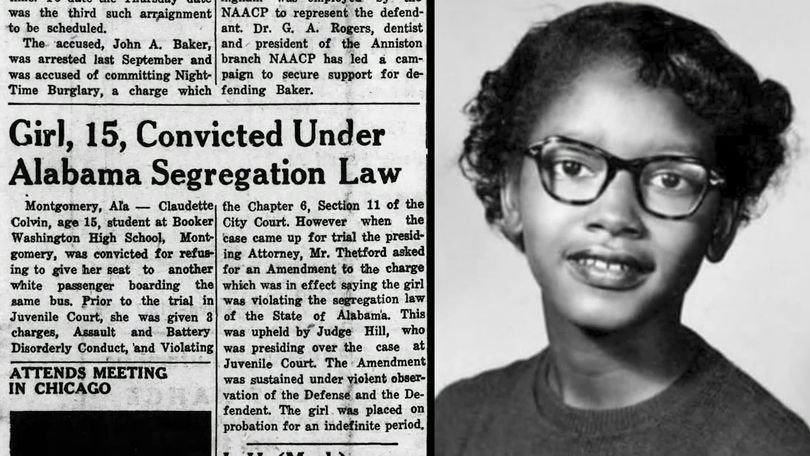
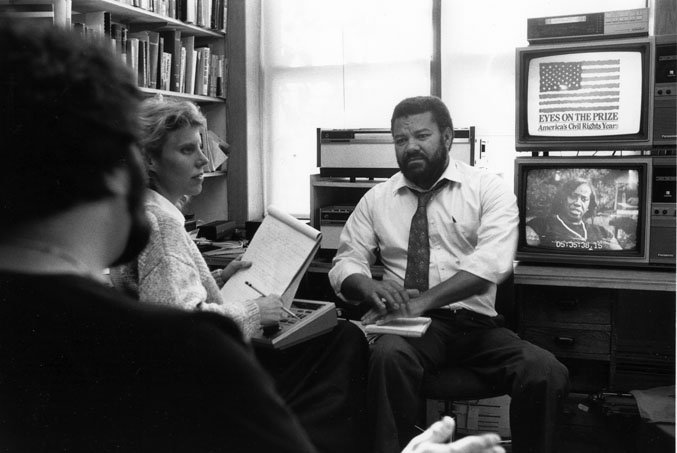
Teaching Eyes on the Prize, Teaching Democracy
Reading by Judy Richardson
Richardson shares key insights and considerations for teachers when using the Eyes on the Prize film.
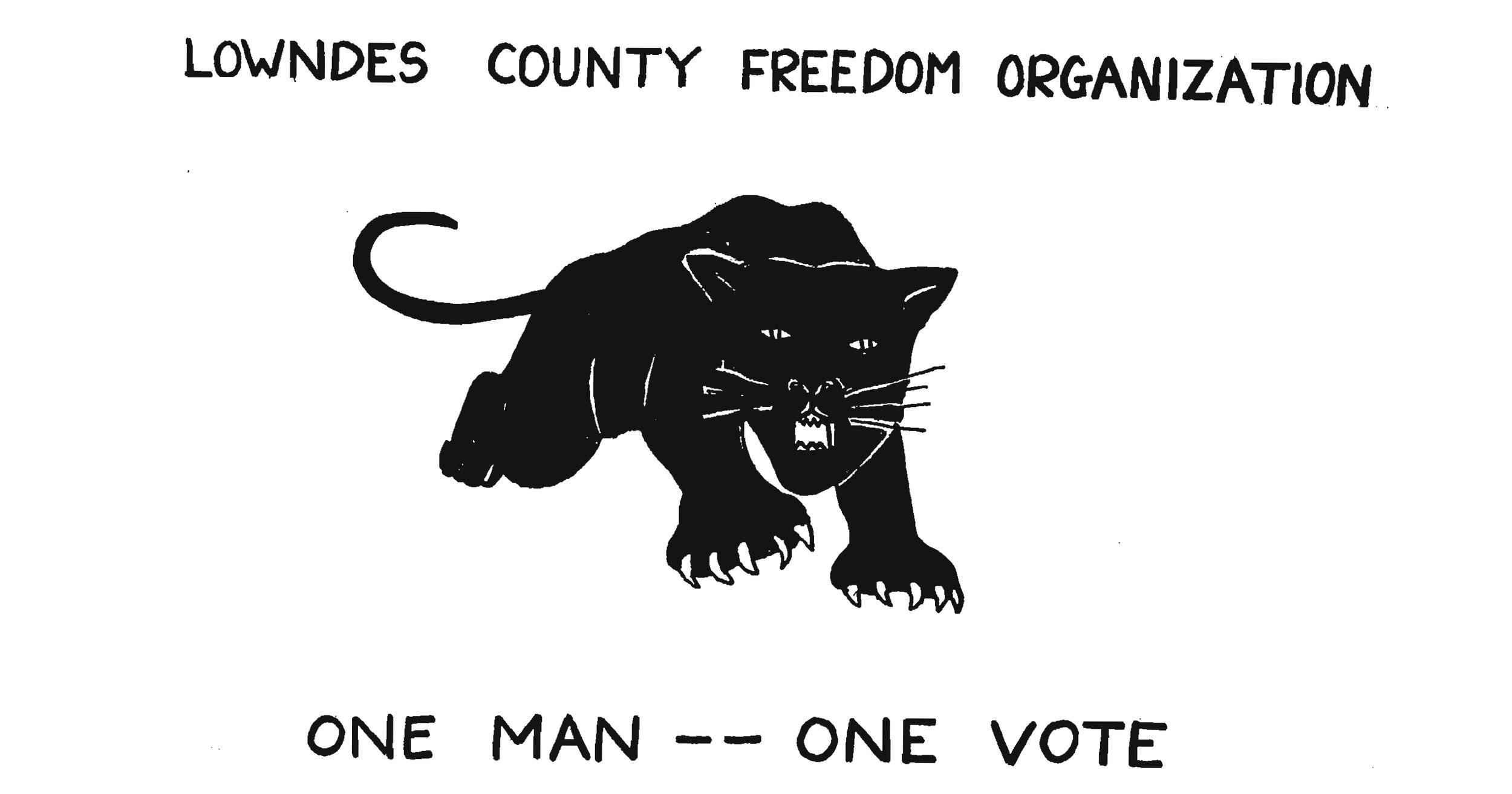
How the Black Panther Party Was Organized
Primary Document by John Hulett
Excerpts from a speech about how the Lowndes County Freedom Organization was organized and why they chose a black panther as their symbol. The speech was given in Los Angeles on May 22, 1966 at a meeting sponsored by a group of anti-Vietnam War committees.
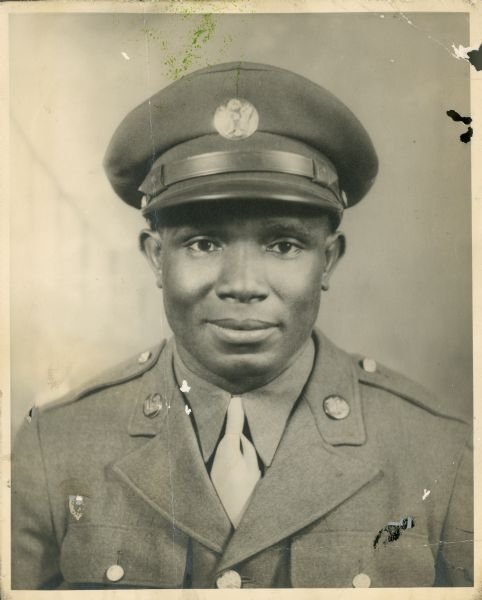
Patriotism over Democracy: A Critical Analysis of U.S. History Textbooks
Reading by James Loewen
Examination of how U.S. history textbooks misrepresent the role of the federal government in foreign and domestic policy, minimizing the potential power of the people.
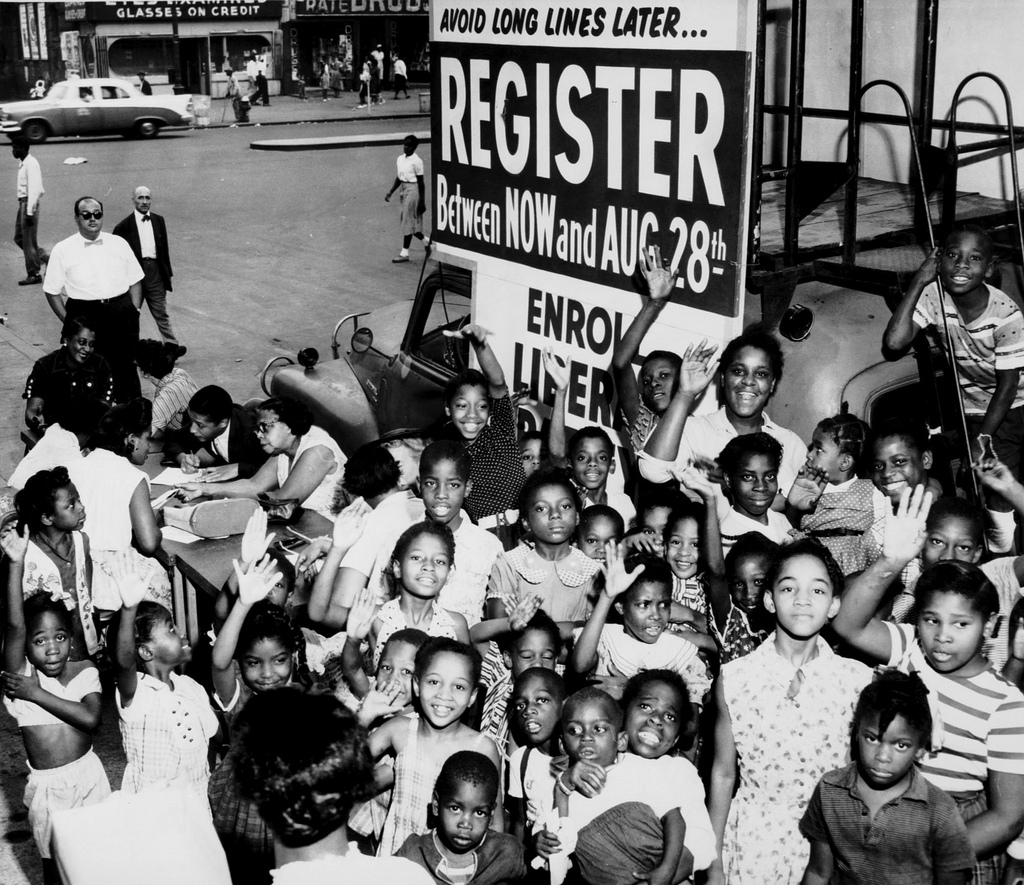
Voting Rights Act: Beyond the Headlines
Reading by Emilye Crosby and Judy Richardson
Key points missing from most textbooks about the Voting Rights Act. Many textbooks approach the history of this important legislation through a top-down lens that gives most of the credit to President Lyndon Johnson, along with Dr. Martin Luther King Jr., but the VRA came into being through intensive organizing and activism spearheaded by the Black community.
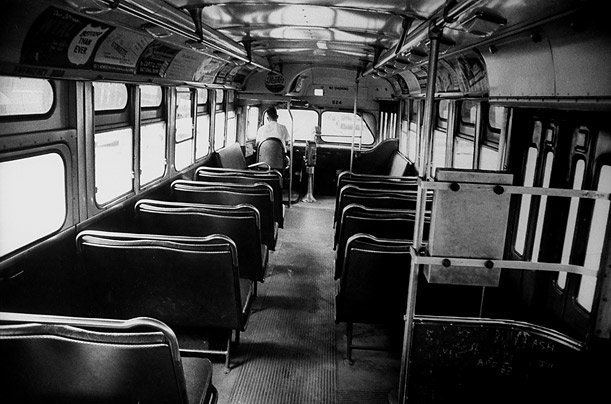
Teaching the Montgomery Bus Boycott
Reading by Teaching for Change
Students learn that Rosa Parks refused to give up her seat in Montgomery, the buses were desegregated, and the Civil Rights Movement was launched. The disconnect between Parks’ arrest and the 381-day boycott creates the illusion that it was a spontaneous response to her civil disobedience. This, however, discounts the strategic brilliance and courage of the African American community in Montgomery.
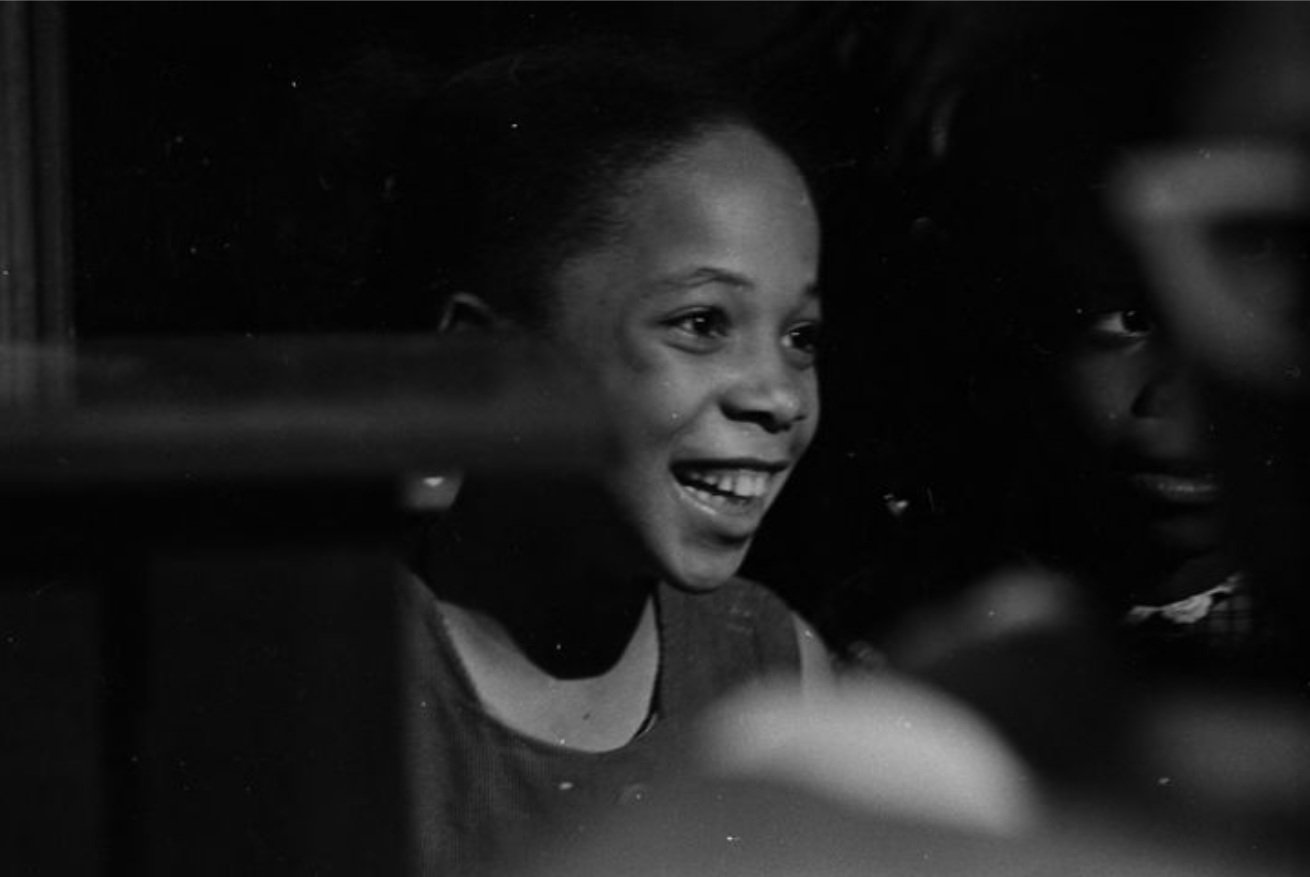
Sheyann Webb: A Story for First Grade
Reading by Maggie Donovan
First-grade teacher and SNCC veteran Maggie Donovan wrote this story about Sheyann Webb to introduce her students to the role of young people (like themselves) in the Civil Rights Movement.

Stepping into Selma: Voting Rights History and Legacy Today
Lesson by Deborah Menkart
This lesson invites students to step into the long history of the freedom struggle in Selma, introducing them to people, turning points, and issues.

Children's March History Dilemma
Lesson by Chris Seeger
In this lesson, students consider whether they would join fellow Black students in protest in 1963 Birmingham, Alabama, even if they are guaranteed to be arrested?
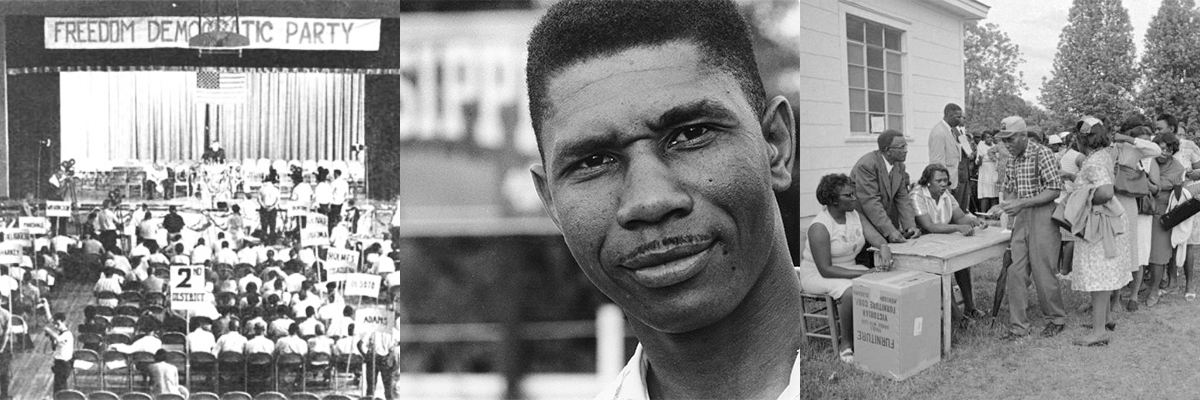
A Documents-Based Lesson on the Voting Rights Act
Lesson by Emilye Crosby
This lesson uses a case study of Lowndes County, Alabama and three SNCC-related documents from the early 1960s—just before and after the Voting Rights Act—to explore the impact of the Voting Rights Act (and 1964 Civil Rights Act) on every day southern Black citizens: What did the legislation mean to them? Did they achieve their goals?

Dallas County Voters League
Reading by Holly Jansen
An excerpt from Jansen’s Florida State University dissertation, “From Selma To Montgomery: Remembering Alabama’s Civil Rights Movement Through Museums.
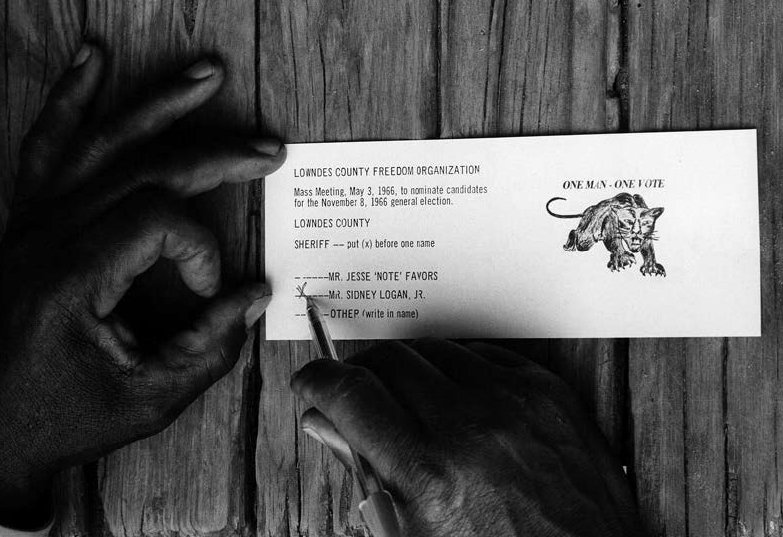
Lowndes County Freedom Organization (LCFO) Political Context
Reading by Emilye Crosby
Political context for the formation of the Lowndes County Freedom Organization (LCFO). This text is provided as background information for “A Documents-Based Lesson on the Voting Rights Act.”
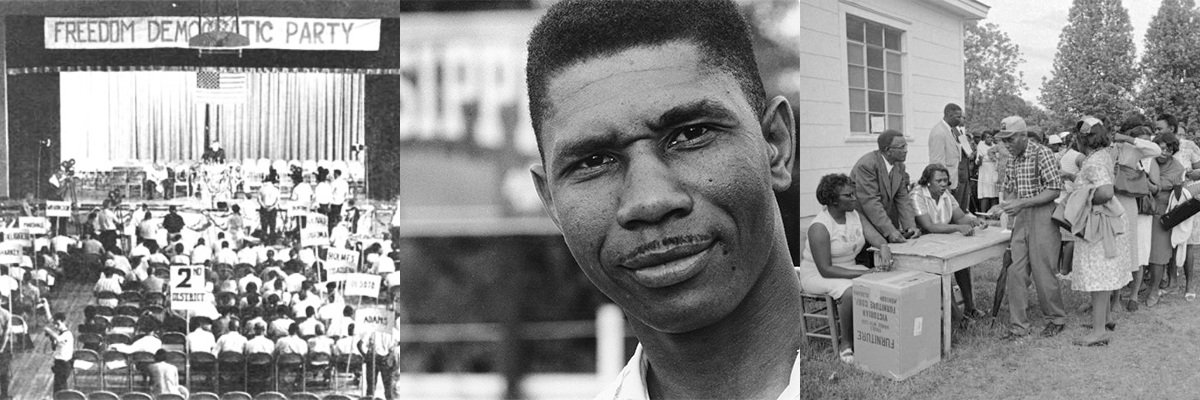
Key Dates in Voting Rights History
Timeline by Emilye Crosby
This timeline of key dates in the struggle for voting rights is provided as background information for “A Documents-Based Lesson on the Voting Rights Act: A Case Study of SNCC’s work in Lowndes County and the Emergence of Black Power” by Emilye Crosby.

Bloody Selma
Reading by Prathia Hall
This essay about organizing in Selma is excerpted, with permission, from Hands on the Freedom Plow: Personal Accounts by Women in SNCC.
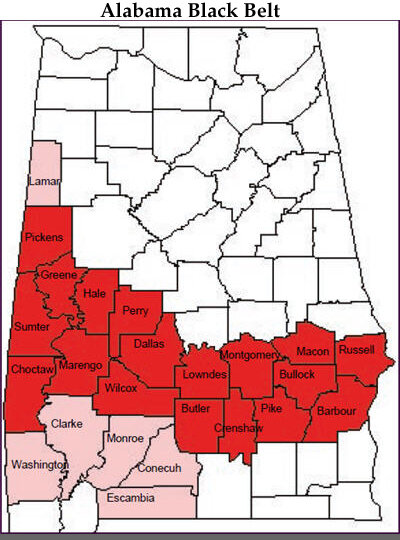
The Alabama Project
Reading by CRMVet.org
In September 1963, when four young girls were killed in the Birmingham bombing of the 16th Street Baptist church, Diane Nash Bevel and her husband James Bevel drew up a "Proposal For Action in Montgomery" — a plan for a massive direct action assault on denial of voting rights.
